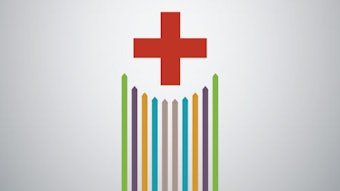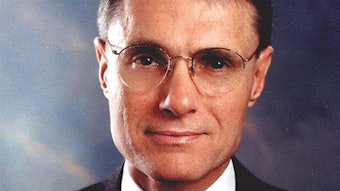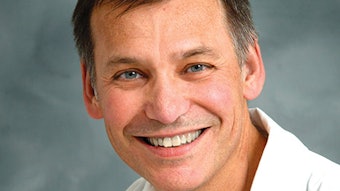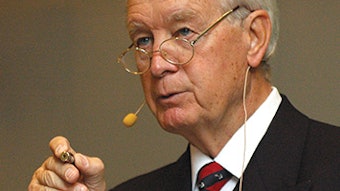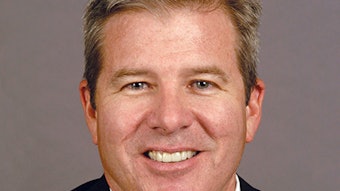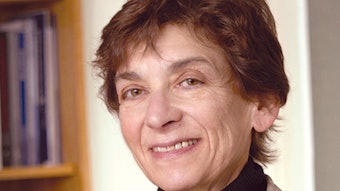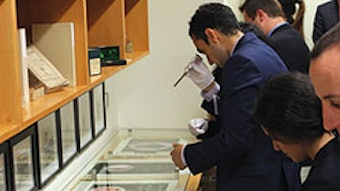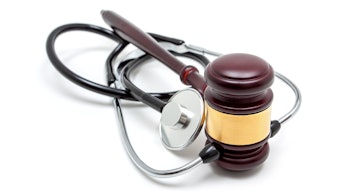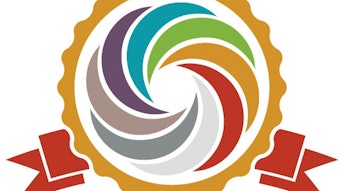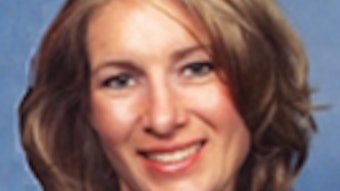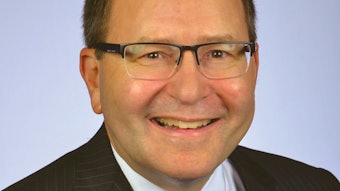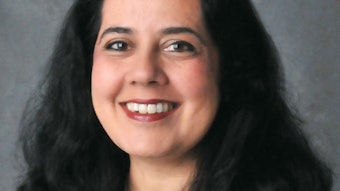Mission to Ecuador repairs facial burns, cleft lips, and palates
I doubt my reasons for participating in a humanitarian mission were unique: satisfaction in helping others, love of travel, the interesting pathology, learning new viewpoints and techniques. Nonetheless I traveled to Bahia de Caraquez in coastal Ecuador for a week to perform cleft lip and palate repairs. Once you arrive, it doesn’t matter why you came but rather that you’re there, ready to work.
Jeffrey Markey, MD, AAO-HNSF Resident Humanitarian Grantee
 Surgical teams from ReSurge International worked with local surgeons in Bahia de Caraquez.
Surgical teams from ReSurge International worked with local surgeons in Bahia de Caraquez.
I traveled with ReSurge International, a reconstructive non-profit operating on three continents. Ten other volunteers joined us as we took the six-hour bus ride to Bahia de Caraquez, an impoverished town on shallow muddy waters, after starting in Guayaquil, the capital city of the Ecuadorian province of Guayas. Upon arrival we found ourselves in the concrete, three-story, colorfully painted Miguel H. Alcivar Hospital. The patients were outside waiting for the bus to arrive. We had our work cut out for us.
The week began without delay. The group immediately divided the tasks ahead, and I set off helping to evaluate the patients slated for the OR the following day. I met a boy, younger than a year, with a bilateral cleft lip and barely able to feed. Another older boy had undergone repair years prior and suffered profound speech and swallowing troubles due to a foreshortened and scarred soft palate. Others awaiting surgery had facial burn injuries, syndactyly, and wide-clefted palates. All waited patiently with their parents while we raced through the list using broken Spanish.
The following day we were back to the second floor of Miguel H. Alcivar Hospital prepping for surgery. Two sparse ORs housed our three surgical teams. The equipment was minimal—never using two towels when one would do, tying sutures carefully to preserve the remnants. However, we provided solid repairs with expediency. The textbook figures quickly came to life with new robust techniques from the local surgeons and other members of the team. And when the repair was complete, we’d extubate and carry the child back to the cots in the Post Anesthesia Care Unit where the parents were waiting with a nervous excitement.
The cases went by quickly, as did the days and, eventually, the week. On the final afternoon we gathered the supplies and said goodbye to the patients recouping on the third floor. Each kid with a cleft palate, lip, scarred palate, or burn gave our group another reason to return.
I returned home from a week in Ecuador with new techniques and a new appreciation for the specialty. The procedures and experience we learn from our training renders us uniquely advantaged to do some real good for those who need it. I highly recommend participating in a humanitarian mission and sincerely thank the AAO-HNSF for getting me there.
